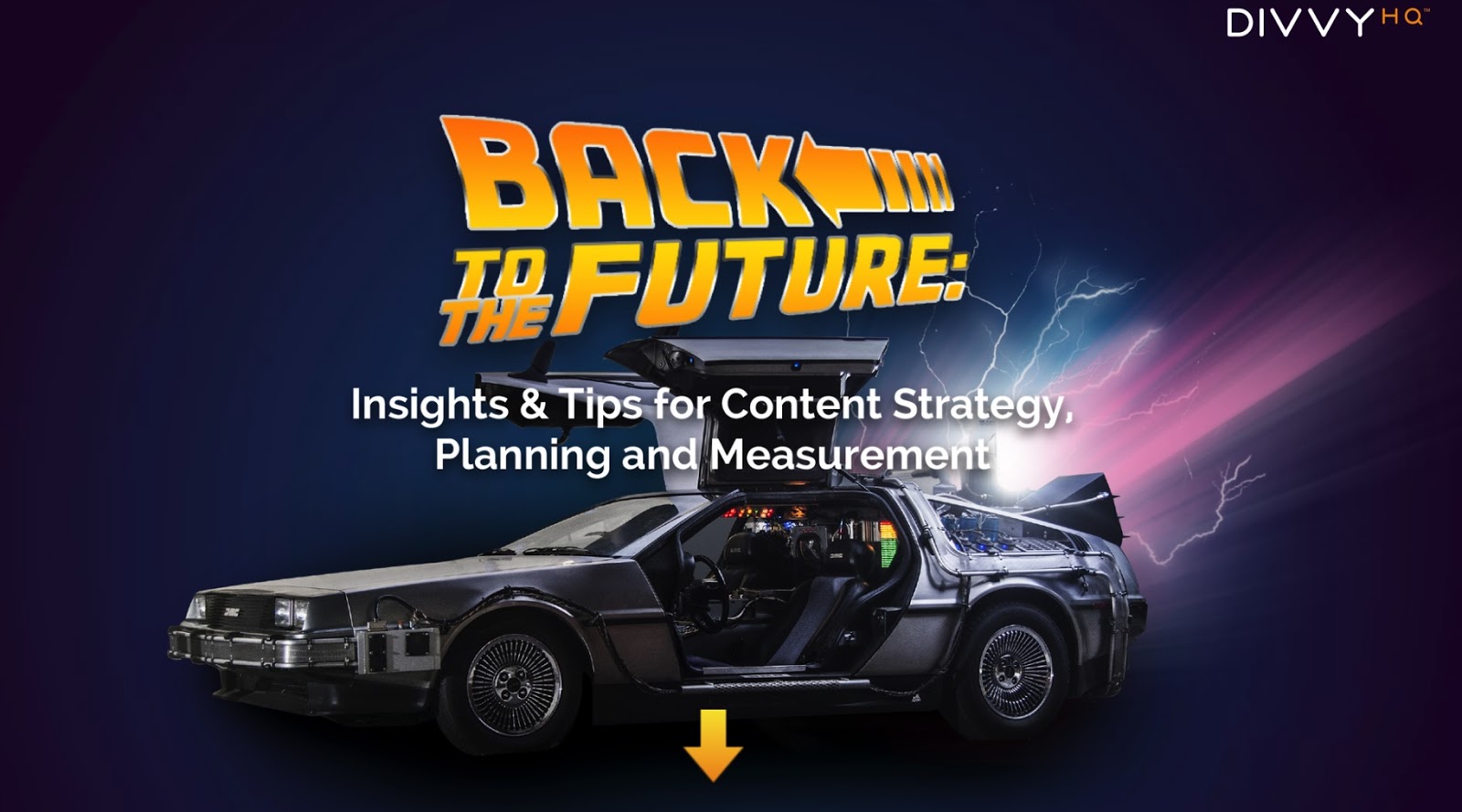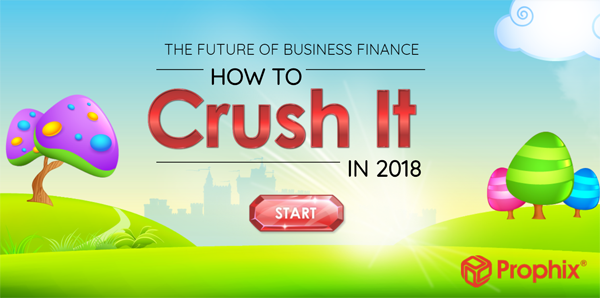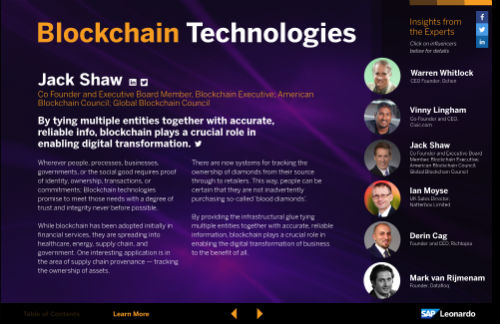By
When you first created your Facebook profile, assigned your Myspace top 8, sent your first tweet, or uploaded your Instagram square, you probably had a sense that social media would change the way you spent your time, communicated with others, and received breaking news stories.
But as you signed up for your very first accounts or connected with friends online for the first time, you may not have predicted that a shift in the way we communicate online would also change the way we form opinions about where to shop, what to buy, and whose recommendations to trust.
And although the rise of influencer marketing happened virtually overnight, it feels natural, like we’ve never known a world without it. To go a step further, you may not even realize you’ve been a target of influencer marketing, and that may very well be the most successful part of this type of marketing.
In this article, we’ll explore what influencer marketing is, how effective it can be, and what you can do to reap the benefits for your own brand.
What is influencer marketing?
Rather than focusing on the marketing channel, such as email, social media, paid search, or print advertising, or the target audience, influencer marketing focuses on the people who could potentially influence their following to become new customers of a particular product or brand.
So while, yes, it’s Kim Kardashian posting a SnapChat about her favorite athletic wear line or Kylie Jenner talking about her new lip kits on Instagram, influencer marketing goes beyond just those who are keeping up with the Kardashians. Influencer marketing has consistently grown in almost every industry and across all marketing channels, and, truth be told, we’re pretty positive it’s here to stay.
DIFF charitable eyewear is a company known for using Instagram influencers to its benefit. From recent stars from The Bachelor to pageant contestants and fashion bloggers, DIFF’s social media presence is largely filled with photos curated from the feeds of influencers-turned-customers who review their product in exchange for some type of reward. Many times, the benefit can be free products, VIP privileges, or monetary payment.
DIFF’s social media feed reflects their influencer strategy, featuring real people wearing their product.
How to identify an influencer
So, isn’t “influencer” just another name for a celebrity? Yes and no. Because our online lives have opened us up to connecting with more people who share our interests than ever before, we can also follow along with others’ lives in a new way.
Gone are the days of limiting the term “celebrity” to only popular musicians, actors, or writers. Now, as smaller niche audiences gather across all media channels and turn to people they idolize in their own field or industry, the term influencer has broadened.
A survey from Nielsen showed only 33% of consumers trust advertisements, while 90% put their faith in peer recommendations, which is why influencer marketing is definitely something worth paying attention to.
Number of followers
There is no definitive scale to determine an influencer’s status, but their number of followers is the first place to look. Think about it: Never before have we had such accurate numbers for one’s followers or reach. Before social media, we could measure a person’s influence by box office numbers or albums sold, but none of those statistics would come close to the precise measurement we now have in a social media following.
And because social media appears to be a way to gain inside access to the behind-the-scenes of stars’ work and personal lives, it instantly feels more authentic than other mediums. We can see beyond the stage or screen.
This image from Sprout Social shows the types of people you may consider to be an influencer:
Finding an influencer in your industry
Influencers of all levels can be found in almost any industry. Let’s say you run a business that focuses on email marketing (Can you imagine?!). When brainstorming, you may come up with the following ideas for who you could consider influencers:
- Entrepreneurs who send lots of emails to their customers
- Podcast hosts who talk about marketing
- Famous bloggers who send their content via newsletter
- Experts in other areas of marketing, such as social media
There’s no magic formula for finding an influencer for your niche, but you want to find someone whose followers listen to them and take their opinions seriously.
Micro and macro influencers
As the number of influencers continued to increase, we needed a way to measure one’s influence, especially when compared to others. While we all know the potential for this to change at any moment, the categories micro and macro influencers have been created as an unofficial way to differentiate various people with moderate to large followings.
Social Media Today identifies micro influencers as those with less than 10,000 followers and macro followers as those with more than that.
While there’s still plenty of gray area when it comes to differentiating between major and minor influencers, the emergence of these terms shows that the number of influencers will continue to expand and you can expect the effectiveness of influencer marketing to grow with it.
As content creators get better and better, consumers will have more choices for who to follow and how to spend time online. It only makes sense that more niches will be created and therefore, brands and consumers alike will have more influencers to look to.
Why influencer marketing works
Since everyone’s following grows over time, some people believe that influencer marketing may be on the decline. But influencer marketing is more than just the people doing it—the authentic connections followers make with influencers is something that, in one capacity or another, will continue to increase.
A trusted friend
Have you ever texted a friend for a recommendation for the next book you should read or asked where she got the jacket she’s wearing? Our personal connections can be our biggest motivators, and we’re much more likely to choose one brand over another if a friend or family member has given us input on a decision.
At its core, influencer marketing is the same thing. With or without a real-life personal connection, we’ve specifically chosen who to follow on social media and have grown accustomed to seeing glimpses into their personal life. We trust them, which is why we’re much more likely to buy something from their already-vetted recommendation versus a paid ad for a product we’ve never seen before.
Here’s an Instagram post by former Bachelor contestant JoJo Fletcher on her favorite hair tools. She currently has 2.2 million followers, making her a macro influencer.
Authenticity: The secret sauce
So, why exactly is influencer marketing so effective?
Because it feels more natural and trustworthy that traditional advertising.
As email marketers, we couldn’t stress the importance of personalization enough, and we’re always trying to write messages for people, not inboxes. But influencer marketing has also raised the bar on authenticity and custom messaging.
No longer will we blindly order something we receive a printed ad for in the mail. We’ll probably look up its Amazon reviews, ask friends how they feel about the product, or look to other online experts we trust.
A study by Mediakix revealed that the influencer market is currently worth over 1 billion dollars, and this number is projected to soon double. But does this mean these type of promotions will remain the same? Yes and no. We predict that authenticity and trustworthiness, two tactics that have far outlasted the rise of influencers, will remain the best way to approach marketing, but as always, the mediums, channels, and people involved will continue to evolve.
More and more influencers are making their full income from their blog and social media, so as their experience rises, the more likely they are to have working partnerships with brands. However, this is an area where you should work hard to preserve authenticity, rather than become just another sponsor of their website or podcast. Keep it real!
One of the longest-running examples of influencer marketing is Michael Jordan for Nike. Here’s influencer marketing at work in an email marketing campaign for Air Jordans, named after the basketball player himself:

Is influencer marketing a good choice for my brand?
As a whole, the influencer marketing concept is worth trying for most brands, but how you do it is completely up to you. Unlike most paid advertising strategies, the formulas to success are not clear-cut, and the input and output can vary greatly for each brand.
For example, you’re not always working with a set amount of money: Now, influence and product have become their own forms of currency. Create a strategy that casts a wide net of potential influencers and hones in on the people who you’d most like to represent your brand to new customers. Be sure that the influencers you work with share the same values as your brand. Of course, people are more unreliable than paid ads you write yourself, but that’s the risk you take in the name of unfiltered authenticity.
Wrap up
As you can see, influencer marketing isn’t just for large brands who have connections with big-name celebrities. Even if you’re an entrepreneur for a small business or feel like your industry doesn’t have famous thought leaders, it’s definitely worth the extra research and effort to explore.
And regardless of your partnership status with influencers, trustworthiness and authenticity should be the focus of your marketing strategy, regardless of brand, industry, or platform.
If you’re a brand looking to share customer testimonials or influencer content with your audience via email, reach out to us for a demo today.





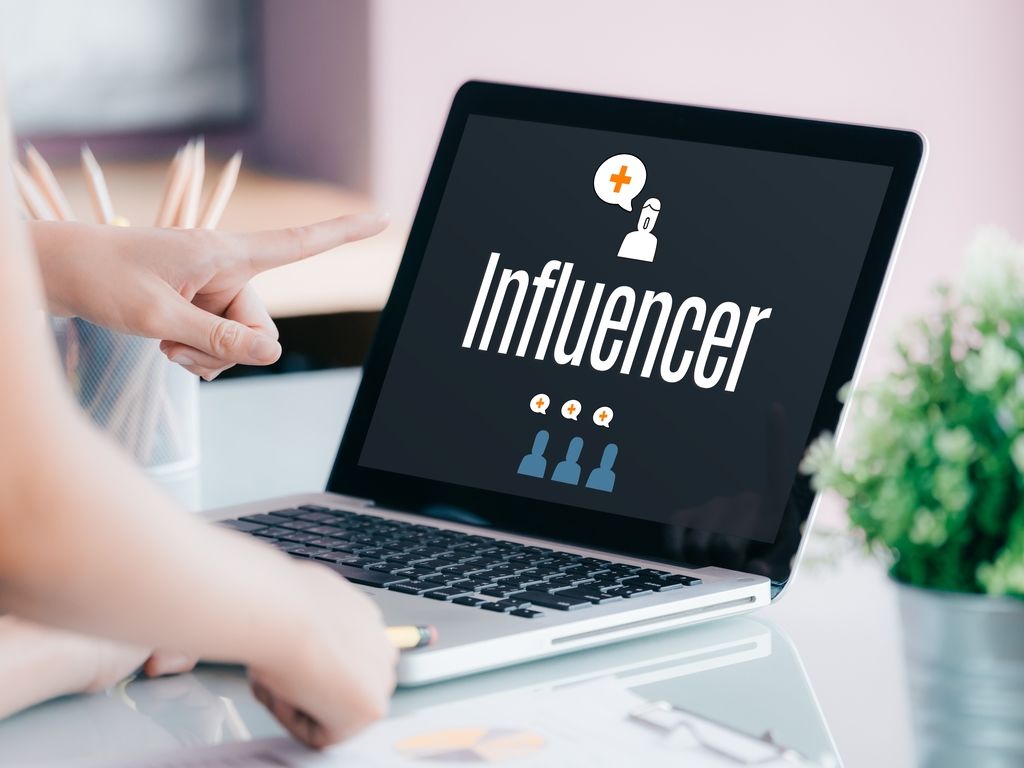






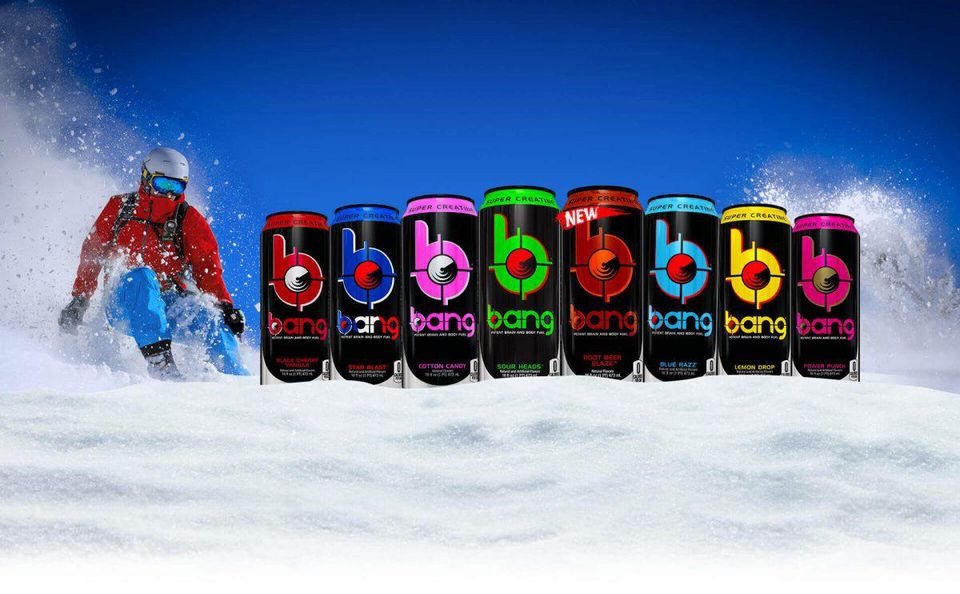

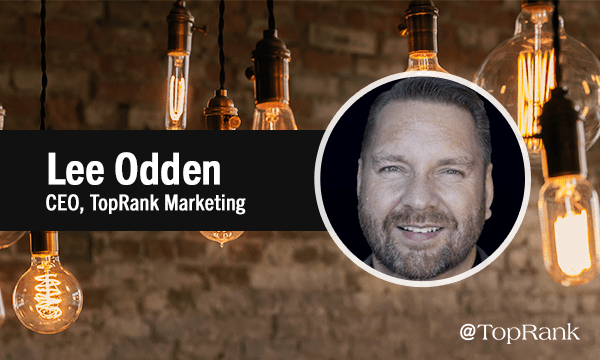
 Our own resident marketing influencer and CEO,
Our own resident marketing influencer and CEO, 